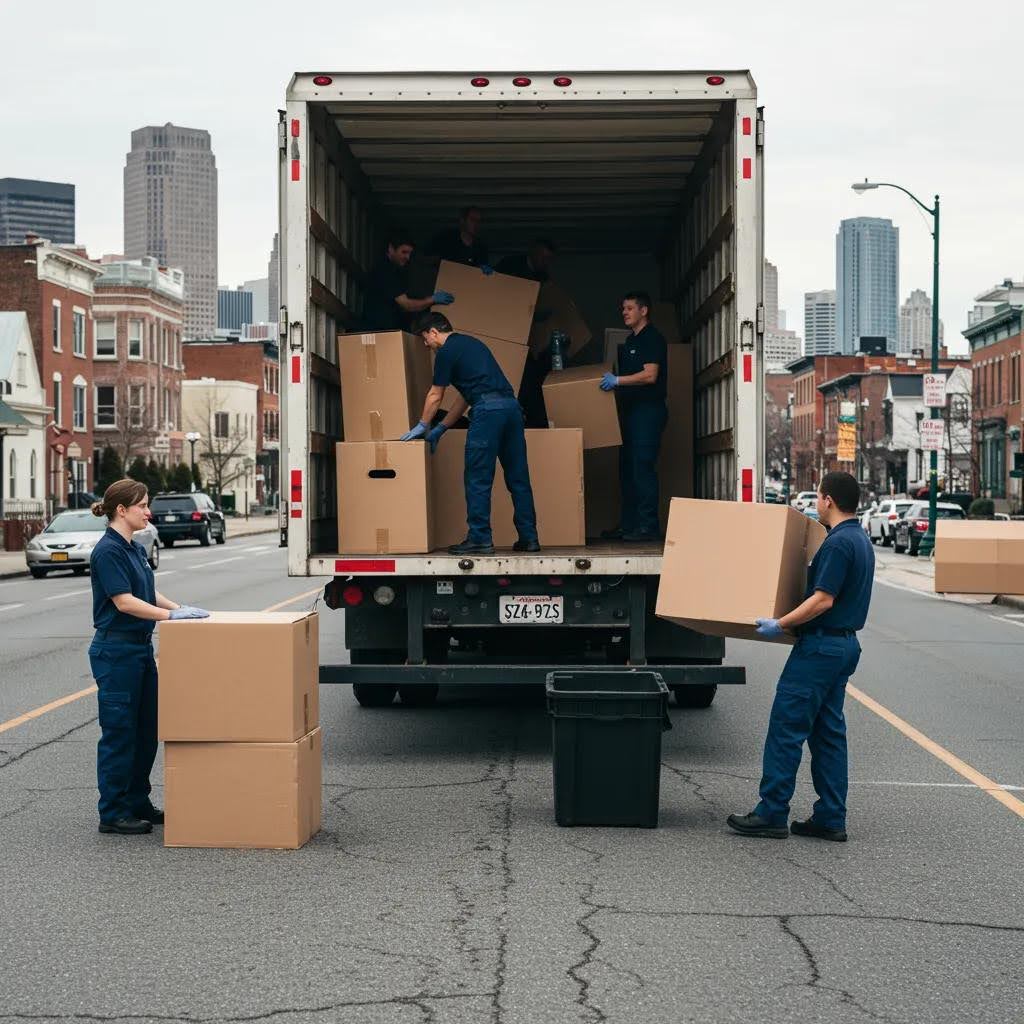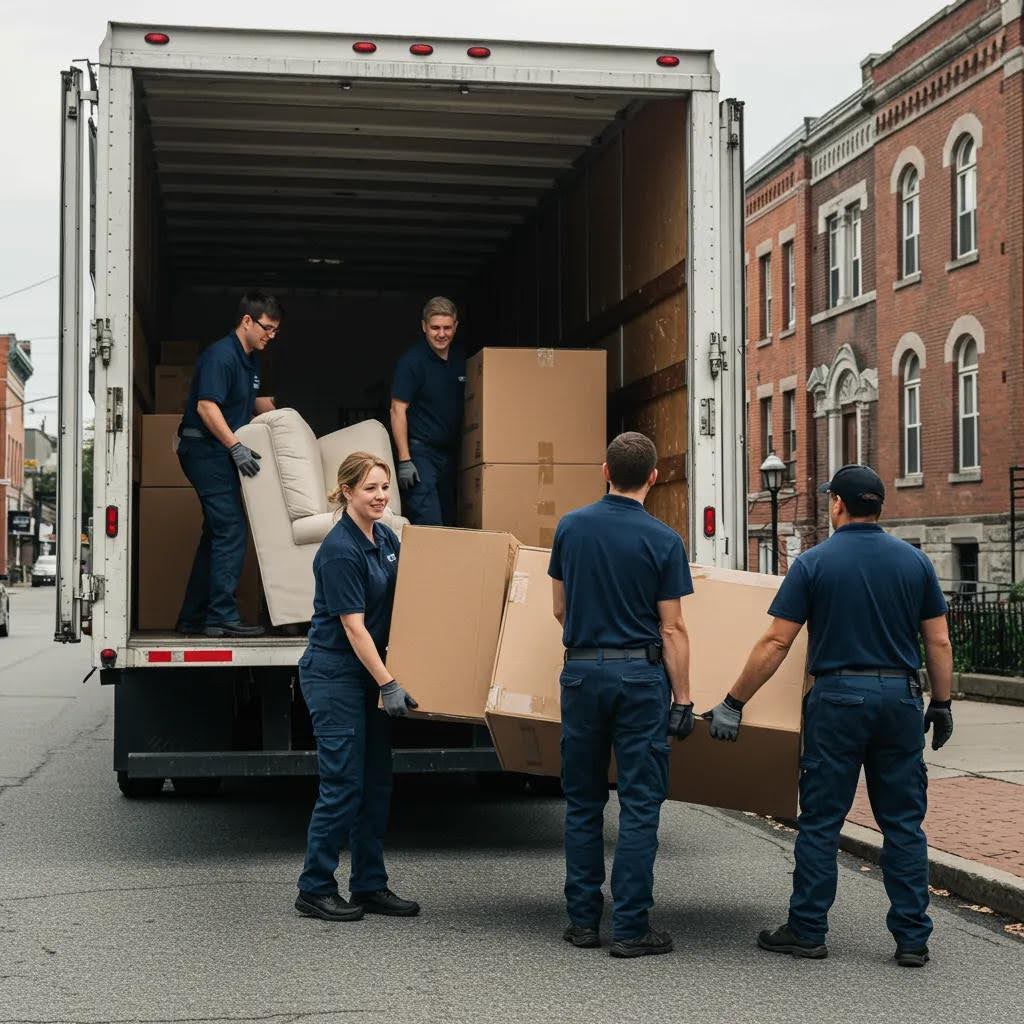Moving can be a stressful and overwhelming experience, especially when it comes to figuring out what to do with all of your food. Whether you’re moving across town or across the country, it’s important to properly plan and prepare for how to move your food to ensure it stays safe and fresh during the transition.
In this blog post, we’ll discuss the best tips and strategies for moving food when you’re relocating in 2022. We’ll also provide some valuable statistics on the most common types of food that people move and how much it typically costs to transport them.
By following these guidelines, you’ll be able to smoothly move your food and enjoy a stress-free transition to your new home.
Table of Contents
TogglePlan ahead
The first and most important tip for moving food is to plan ahead. This means starting to think about what you’ll do with your food at least a few weeks before your move.
One of the first things you’ll want to do is to make a list of all the food you have in your pantry, fridge, and freezer. This will give you a good idea of what you’ll need to pack and transport, and it will also help you decide what needs to be used up or thrown away before the move.
You should also start considering how you’ll transport your food. Will you be using a professional moving company or doing the move yourself? If you’re using a moving company, be sure to ask them about their food transportation policies and procedures. Some companies may not allow you to transport certain types of food, such as perishable items, so it’s important to ask before you start packing.
Ultimate Moving GuidePack food properly
Properly packing your food is essential to ensure it stays fresh and safe during the move.
Here are some tips for packing food:
- Use airtight containers: To keep food fresh and prevent leaks, use airtight containers to pack your food. This can include Tupperware, Ziploc bags, or plastic wrap.
- Pack perishable items separately: Perishable items, such as meat, dairy, and produce, should be packed separately from other food to prevent spoilage. These items should also be packed in coolers or insulated containers with ice packs to keep them at a safe temperature.
- Label everything: To make sure you know what’s in each container, be sure to label everything with the contents and the date it was packed. This will help you stay organized and ensure you use up perishable items first.
Transport food safely
Transporting food safely is crucial to avoid any foodborne illness or spoilage.
Here are some tips for moving food:
- Keep cold food cold and hot food hot: To prevent foodborne illness, it’s important to keep cold food at or below 40 degrees Fahrenheit and hot food at or above 140 degrees Fahrenheit. Use coolers or insulated containers with ice packs to keep cold food cold, and use heating pads or hot water bottles to keep hot food hot.
- Transport food in the car: If you’re moving yourself, it’s best to transport food in the car rather than on a moving truck. This will help keep the temperature stable and prevent spoilage. If you’re using a moving company, be sure to ask about their food transportation policies and procedures.
- Use separate vehicles for food and other items: If you’re using a moving company, consider using separate vehicles for food and other items




